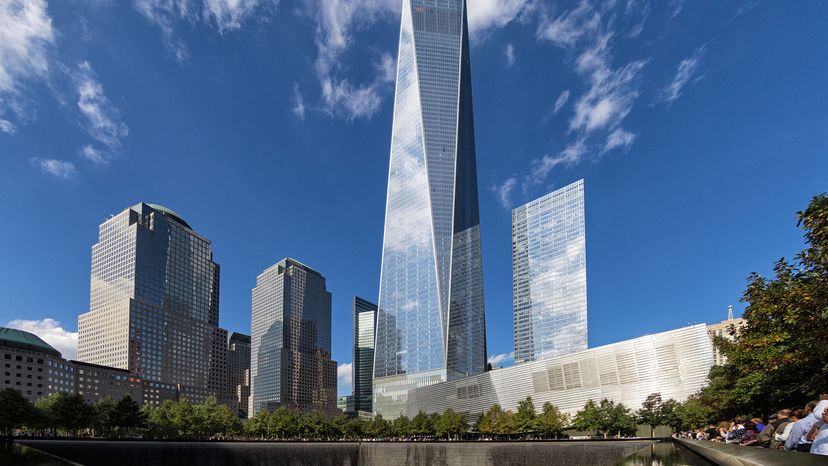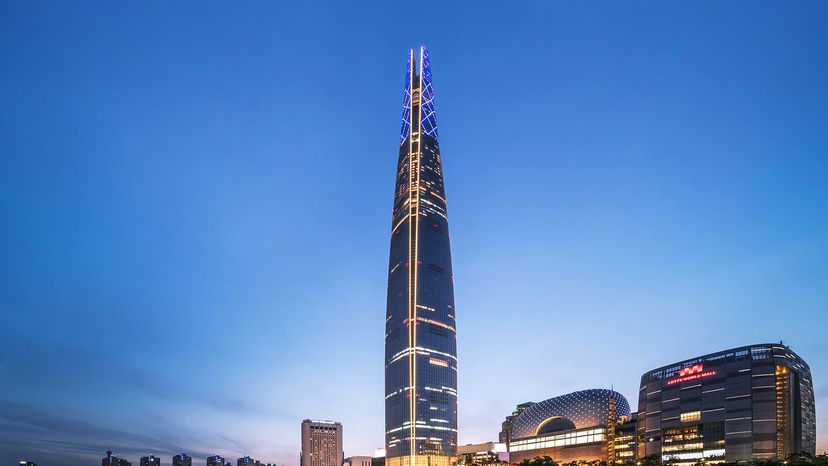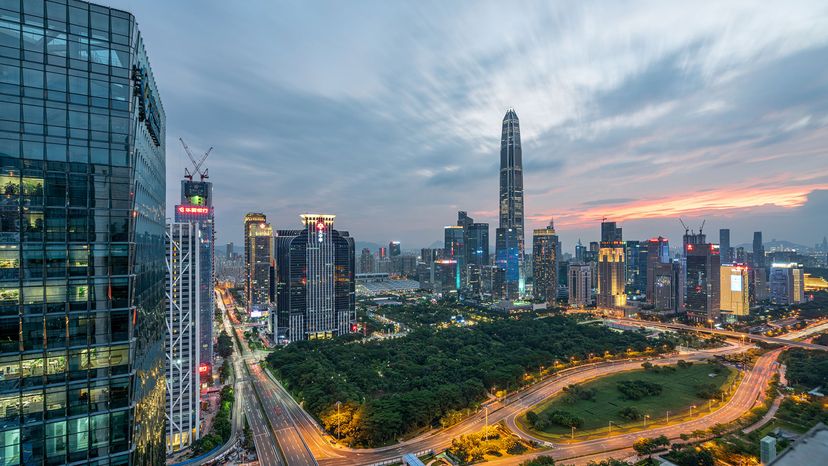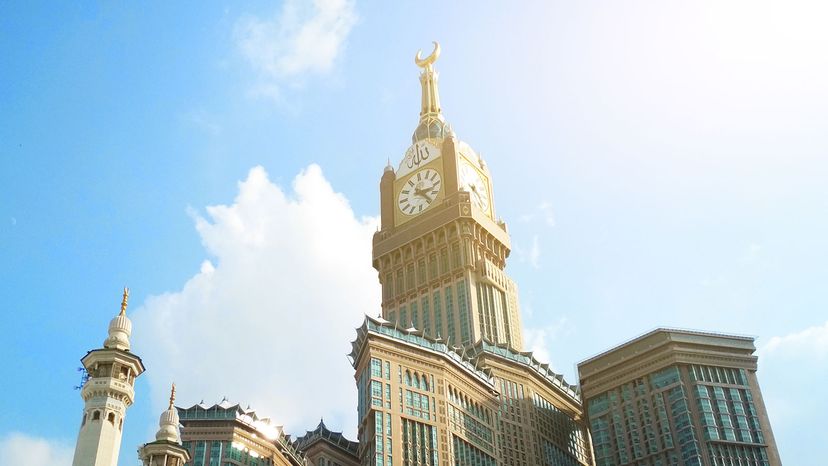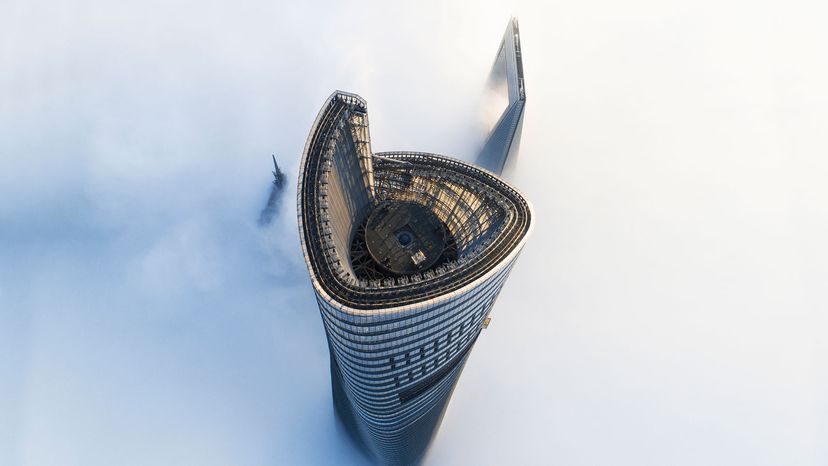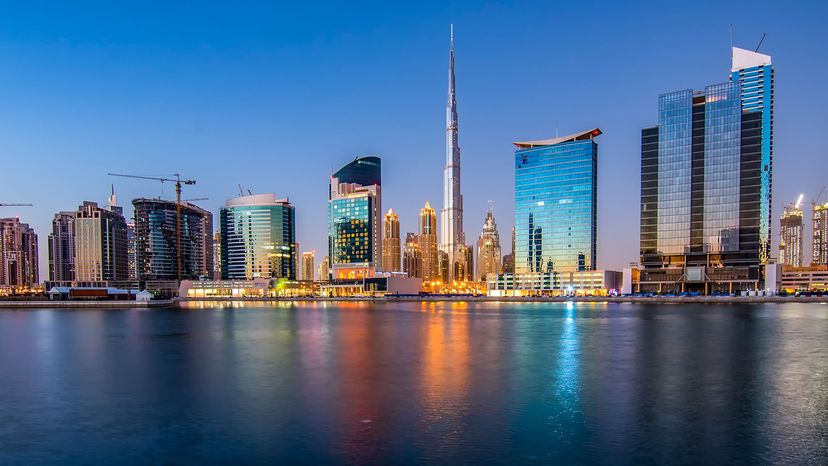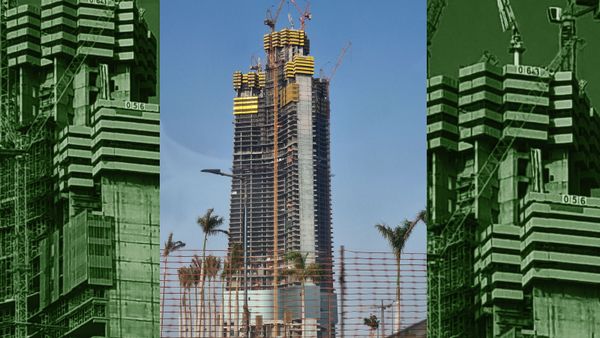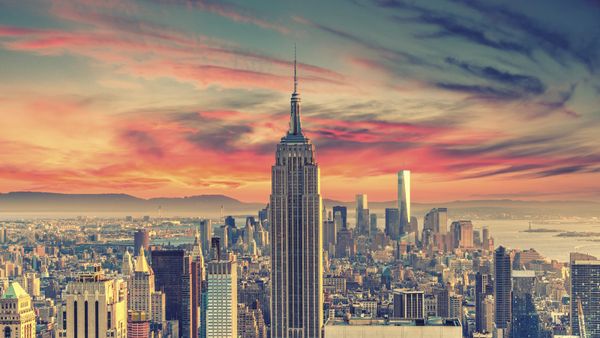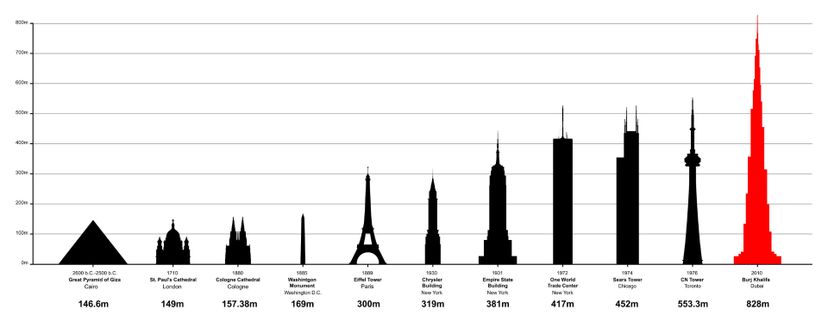
America's Empire State Building and the Sears Tower were, at different times, the tallest buildings in the world. But they've been eclipsed by some truly giant structures. Engineering tools and building capabilities have come a long way in the last couple of decades, as buildings continue to reach ever-skyward at a rapid pace.
That doesn't diminish the importance of those early skyscrapers, though. The first such building was erected in Chicago in 1885. Called The Home Insurance Building, it was held together using a then-innovative steel frame and stood 10 stories tall (although two more were added in 1890). The landmark was brought down in 1931 and replaced by an even taller structure.
Advertisement
Although it's long gone, The Home Insurance Building and other early towers like it taught architects and structural engineers a thing or two about protecting skyscrapers from elements like wind and lightning, as well as elevator construction, plumbing and electricity. The current tallest buildings in the world have these earlier ones to thank for their current status. Here are the top seven in reverse order:
